Contents
It is difficult to overestimate the benefits of regular watering of green spaces in a greenhouse, and its absence, even for a short period of time, can lead to disaster. Therefore, AquaDusya is not just an automatic drip irrigation system for greenhouses or small open areas, it is also a salvation for a summer resident who cannot regularly water his plants due to illness or other circumstances.
Description of construction
The Belarusian manufacturer offers a drip irrigation system designed for 50 and 60 plants (AquaDusya + 50 and + 60), which can be increased if necessary. There is a manual option – you need to fill the tank with water, turn irrigation on and off, semi-automatic – the tank is only filled manually, and automatic – it can work independently for 6 months.
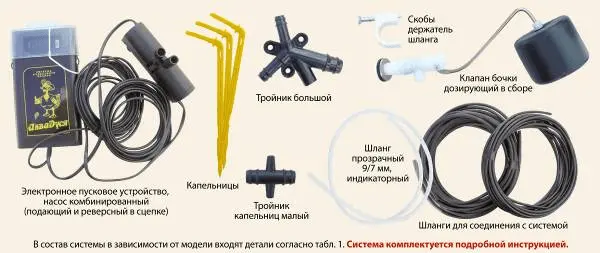
AquaDusya +60 does not require electricity, the whole system has enough batteries. She waters the greenhouse with warm water, which is heated by the sun during the day. Any water provided by the host can be used.
The whole structure, when purchased, fits in a small compact box weighing less than 2 kg. There are 2 motors that ensure the movement of water in two directions, a plumbing float, an electronic device with a photocell for programming work, a set of hoses, droppers. Moreover, during assembly, the owner will cut the hoses into the lengths he needs in accordance with his beds.
The irrigation process itself lasts 40-60 minutes, it is possible to add fertilizers diluted in water, which is very convenient. In general, the drip irrigation system is very simple, it is assumed that the owner of the greenhouse will install it, program it and use it. Initially designed for 50 or 60 plants, it can be increased by the amount that needs to be watered.

Principle of operation
AquaDusya is able to replace the owner of the greenhouse in everything related to irrigation. Set the watering regime once – this may be the only thing he takes care of the greenhouse after planting. Usually, watering in the greenhouse is done once – in the morning or in the evening, the photocell will follow the time according to the amount of light. You can set the watering mode for every day, every other day, two – what the plants need, maybe 5 modes. Since we are talking about those 50 or 60 bushes that live indoors in a greenhouse, it is easy to assume that there will not be weather changes here, as in the open air.
At night, water is slowly drawn into the barrel, a dosing valve with a float stops the process when a certain level is reached. When the photocell indicates the right time, the starting pump will turn on, the system itself will direct water (already heated by the sun) through the hoses to each bush. Everyone will get the same amount of warm water – about 2 liters. After that, the reverse pump is turned on for a short time, and the flow of water stops until the next session.
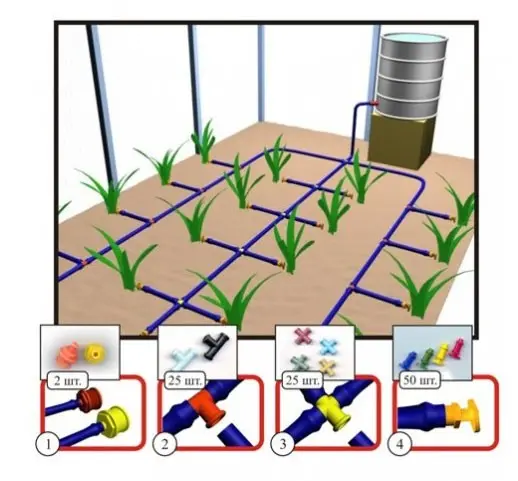
It is very interesting that electricity is involved only at the very beginning, and then the water flows by itself – this is an excellent engineering solution that allows AquaDuse to work for 6-7 months using only 8 1,5 V AA batteries.
Initially, the AquaDusya system is designed for only 50 plants, which corresponds to a plot of 3 m by 6 m, but this area can be increased by taking a larger water tank and increasing the number of hoses, drippers and tees.
Video “Installing a drip irrigation system”
Automates watering in your greenhouse or open beds. Works autonomously on one set of batteries up to 8 months. Annually solves the issue of watering for the entire season.
How to connect the system
It is precisely the fact that the AquaDusya automatic system is very simply arranged that makes it reliable. The AquaDusya + 50 kit includes an instruction manual, following which you can quickly assemble the entire drip irrigation system right in the greenhouse for which it is intended.
You need to start by installing in a greenhouse at a height of 1 m – 1,2 m barrels of the desired volume. A hole is cut in the upper part of the barrel, into which the dosing valve tube is led out. A hose is connected to it, leading to a water source.
A double motor is lowered into the barrel, a hose is lowered from it through the top of the barrel to its base from the outside, it must be connected to a large tee, which is installed at the level of the base of the barrel. A transparent indicator hose is connected to it, leading back to the barrel. The tee has 2 more outlets, hoses are connected to them for supplying water to the beds.
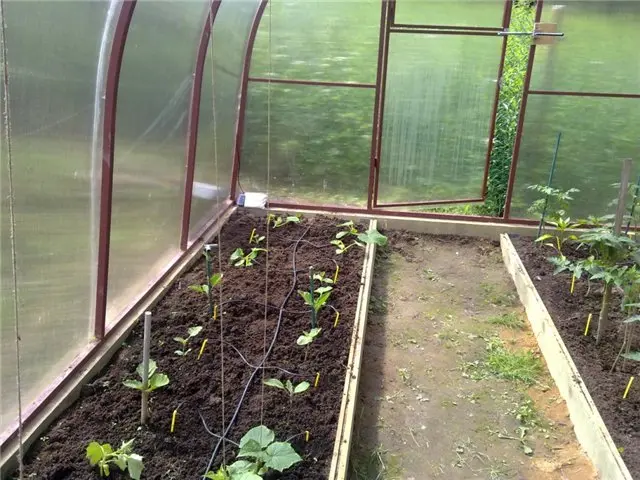
The hose connected to the system (with a large tee) is cut at the level of the first plant (or pair of plants) of the 50 or 60 to be watered. Here, a small tee connects it to the next segment (which ends at the level of the second pair of plants). It turns out a long main hose, which has tees at the level of plant pairs for connecting other sections of the hose leading to the plants themselves. The sections of hose required along the length are connected to these tees, and droppers are connected to them at the ends, so they, in fact, produce drip moistening of the soil. These droppers are set as needed for the best nutrition of the bush, about 2 liters of water will gradually flow out of each into a section with a diameter of 30 cm.
Hoses to tees and droppers are connected by first dipping the ends in hot water for a few seconds – this will ensure a snug fit, excess water will not ooze.
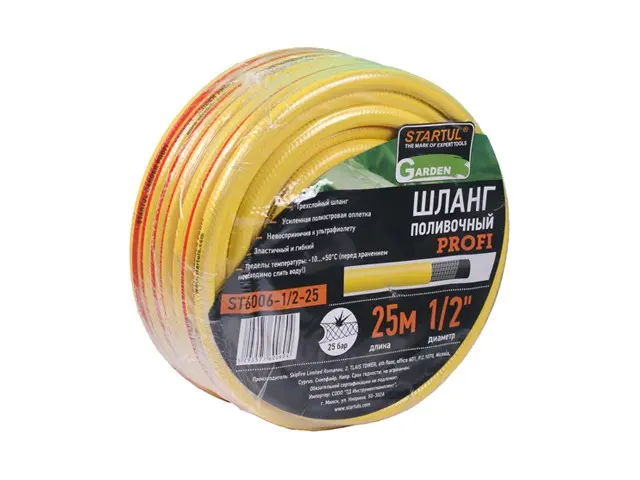
Here the system is assembled, you can turn it on by setting the irrigation mode, the AquaDusi electronic starter. When the first feed pump is turned on, the water will move upwards, filling the hose leading from the barrel to the large tee, as well as the transparent indicator hose. After that, the pump will turn off, the water will flow through the main hoses by gravity, under the pressure of the force of its movement.
After the right amount of water flows out of each dropper, the reverse pump turns on, the water from the indicator hose flows back into the barrel, the water supply stops, a small ball of air forms at the base of the first opaque hose, interrupting the water supply. The water supply will resume the next day after the supply pump is turned on, the entire cycle of water supply by dripping to all 50 or 60 greenhouse plants at the same time will be repeated.
Advantages of such irrigation
Growing vegetables in their summer cottage, everyone had the opportunity to face the problems that the irrigation process brings with it. The point is not even the severity of the work itself, but the impossibility of watering each plant economically exactly where its roots are located. If water gets on the leaves, it threatens with diseases (for example, late blight in tomatoes), spilled on the aisles stimulates the growth of weeds. And if you need to water a fragile bush, then you can also break it with a hose.
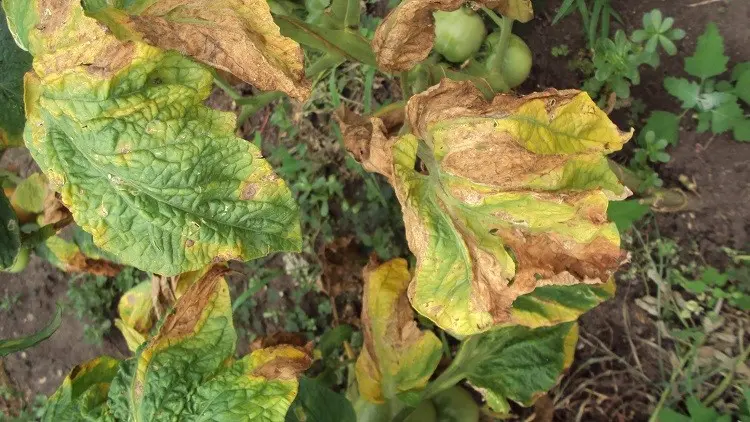
Probably, it does not happen that a summer resident does not miss a single planned watering for the entire season – there can be many reasons for this, but the result is always the same – unnecessary excitement, a decrease in yield. Of course, automatic micro-drip irrigation solves all these problems.
Drip irrigation is good because it brings water to the very root of the plant, the soil is moistened with an area of u30bu50bno more than 60 cm, moisture does not collect on the leaves, does not contribute to the cultivation of weeds, is very economical, and most importantly, it is targeted. Such watering eliminates the appearance of fungal diseases caused by waterlogging. Good from all sides. The Belarusian AquaDusya+10 system was created specifically for greenhouses of the most common size. The non-automatic AquaDusya + XNUMX system is much cheaper, it can cover XNUMX more plants, and can serve as an additional complete set for a larger greenhouse irrigation system.
Video “Installation of drip irrigation”
This video shows the Rain Bird drip irrigation installation diagram and its main elements.









